Diving into the pristine waters around Japan’s westernmost island, Yonaguni, reveals schools of hammerhead sharks, barracudas, and whale sharks. However, at about 25 meters (82 feet) deep, divers encounter a series of steps leading to the mysterious “Yonaguni Monument.” This massive structure, possibly 10,000 years old and shaped like a pyramid, is made of sandstone and mudstone. Scientists have long debated its origins, yet it remains a mystery, reports Indy100. “Is the Yonaguni Monument man-made or a natural wonder?”
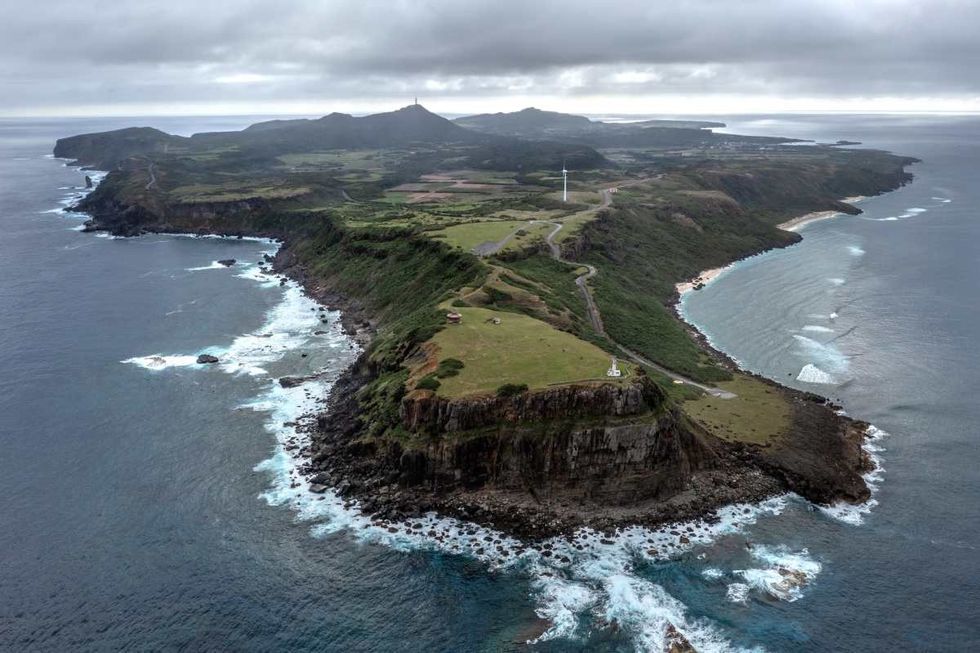
The uncanny monument was first spotted by a local diver in 1986. The monument is a submerged rock formation in the waters of Yonaguni Jima. For all these decades, experts have believed that this monument is a ruin of a Japanese Atlantis, an ancient city that sunk in the waters 2,000 years ago due to an earthquake. "The largest structure looks like a complicated, monolithic, stepped pyramid that rises from a depth of 25 meters [82 feet]," Masaaki Kimura, a marine geologist at the University of the Ryukyus in Japan, told National Geographic.
Not all experts believe that the pyramid is man-made. "I'm not convinced that any of the major features or structures are manmade steps or terraces, but that they're all-natural," Robert Schoch, a professor of science and mathematics at Boston University who has dived at the site, told National Geographic. "It's basic geology and classic stratigraphy for sandstones, which tend to break along planes and give you these very straight edges, particularly in an area with lots of faults and tectonic activity." Like Schoch, the Japanese government's Agency for Cultural Affairs or the Government of Okinawa Prefecture didn’t think that the monument was a significant cultural property. They didn’t proceed with any research or preservation work on the site.
As for Kimura, he told National Geographic that he first thought the monument was totally natural. But he changed his mind after his first dive. "I think it's very difficult to explain away their origin as being purely natural, because of the vast amount of evidence of man's influence on the structures," he said. His conclusion was based on the fact that he identified elements like quarry marks etched into the stone, carved faces, and rocks sculpted like animals. This suggested that the pyramid carried a cultural history. “The characters and animal monuments in the water, which I have been able to partially recover in my laboratory, suggest the culture comes from the Asian continent," he said, adding that one of these elements, a sphinx, resembled a Chinese or ancient Okinawan king.
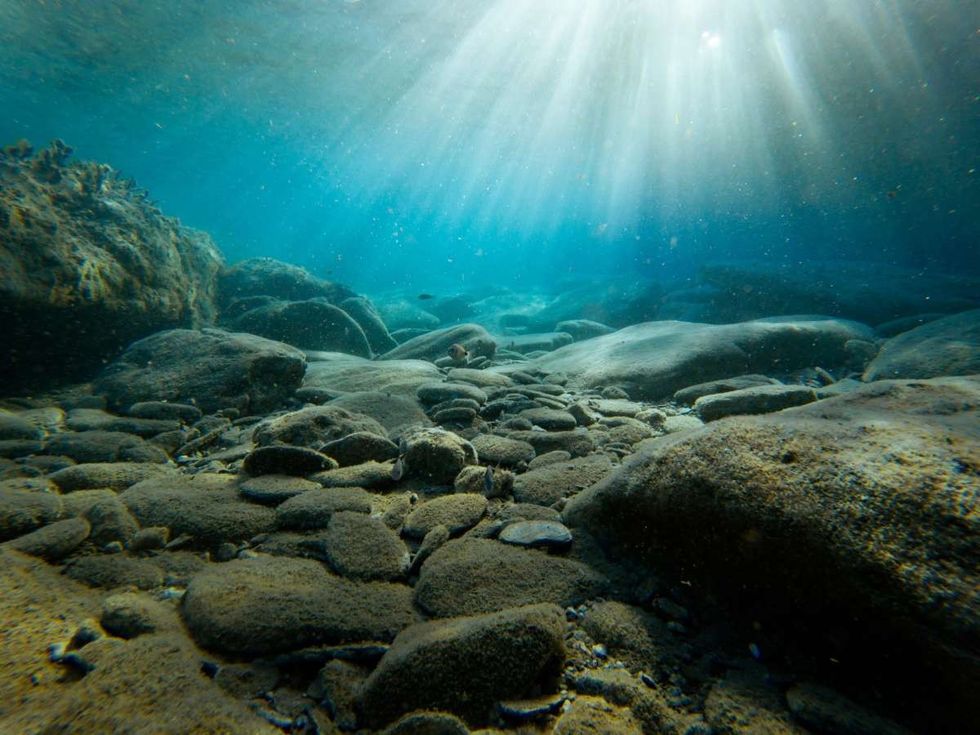
Every part of the city most probably sank in the seismic tremors that once engulfed the Pacific Rim, Kimura suggested. According to National Geographic, the world's largest recorded tsunami struck Yonaguni Jima in April 1771. It recorded an estimated height of more than 131 feet (40 meters). This disaster could have sunk the entire city underwater, leading to a total collapse of the civilization, and ending up like a ‘Lost City.'
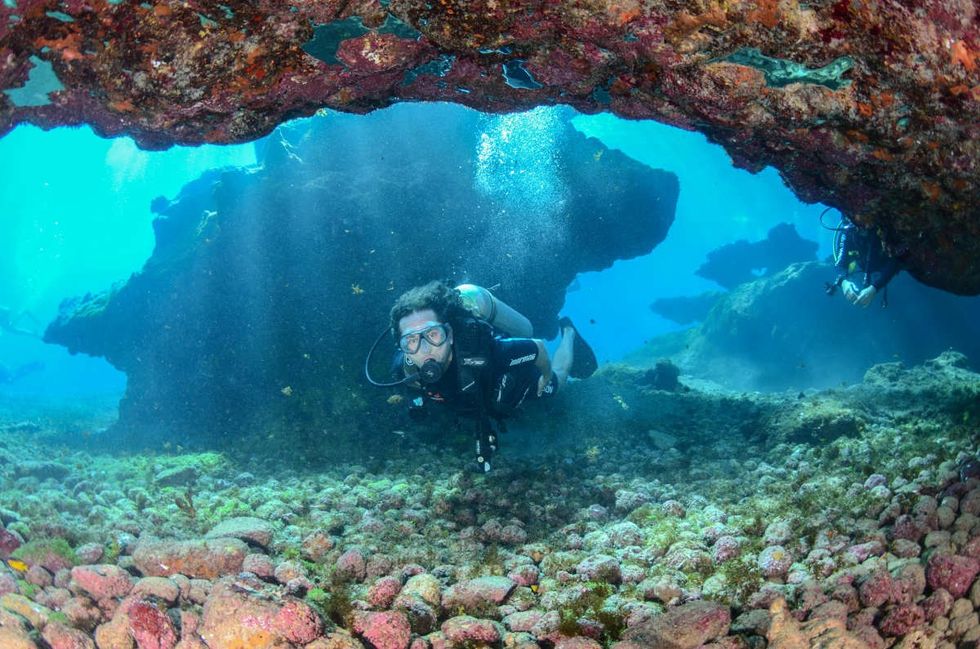
Apart from the mysterious pyramid, the divers have discovered other uncanny objects lurking underwater, including castle ruins, an arch, five temples, and at least one large stadium. They were probably connected by a network of roads and channels of walls, all of which have now crumbled away. Kimura hypothesized that these remnant objects most possibly dated back to at least 5,000 years, based on the aging of the stalactites found inside the caves underwater.
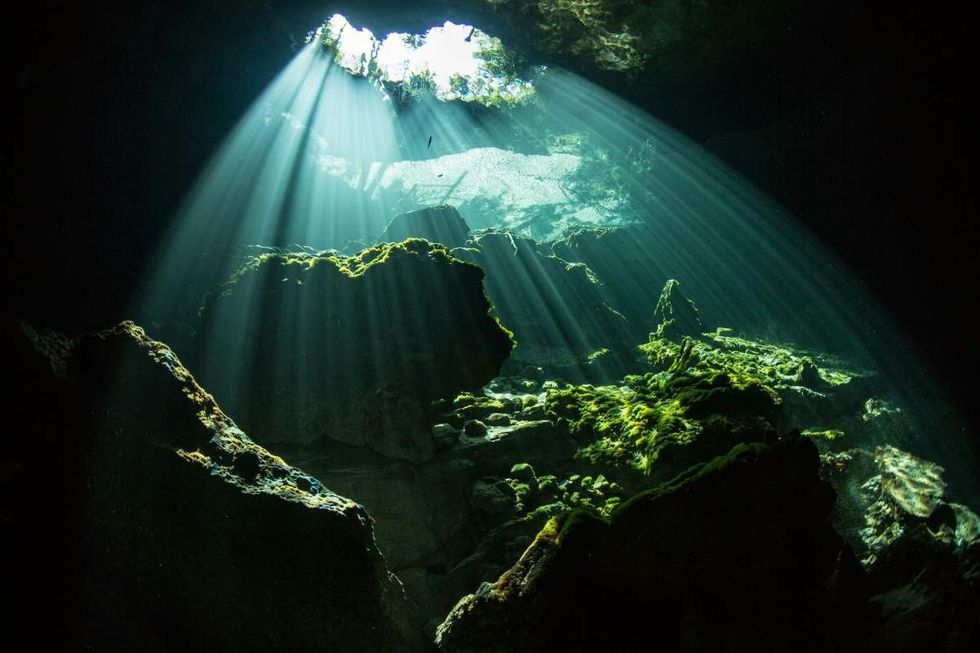
Many experts believed Kimura’s hypothesis. For instance, Toru Ouchi, an associate professor of seismology at Kobe University, told National Geographic, "I've dived there as well and touched the pyramid. What Professor Kimura says is not exaggerated at all. It's easy to tell that those relics were not caused by earthquakes."
However, Schoch was still reluctant to accept this hypothesis. He rather suggested that the holes in the rock, which Kimura regarded as “supporting posts,” were merely created by underwater eddies. These rocks were eaten up by the marine animals lurking in the waters, he added. Plus, he added that the pyramid was not symmetrical or geometrically accurate and, hence, not artificial. Furthermore, explaining the animal-like etchings on the rocks, he described them as just scratches dug into the rocks via natural phenomenon.
Asserting his belief with scientific evidence, Schoch wrote in a recent post, “As difficult as it may be for some to accept, after carefully studying the Yonaguni Monument, I have to report that I do not believe it is an artificial, human-made structure.” Yet, owing to no solid evidence, the existence of the Yonaguni Monument remains a mystery.


















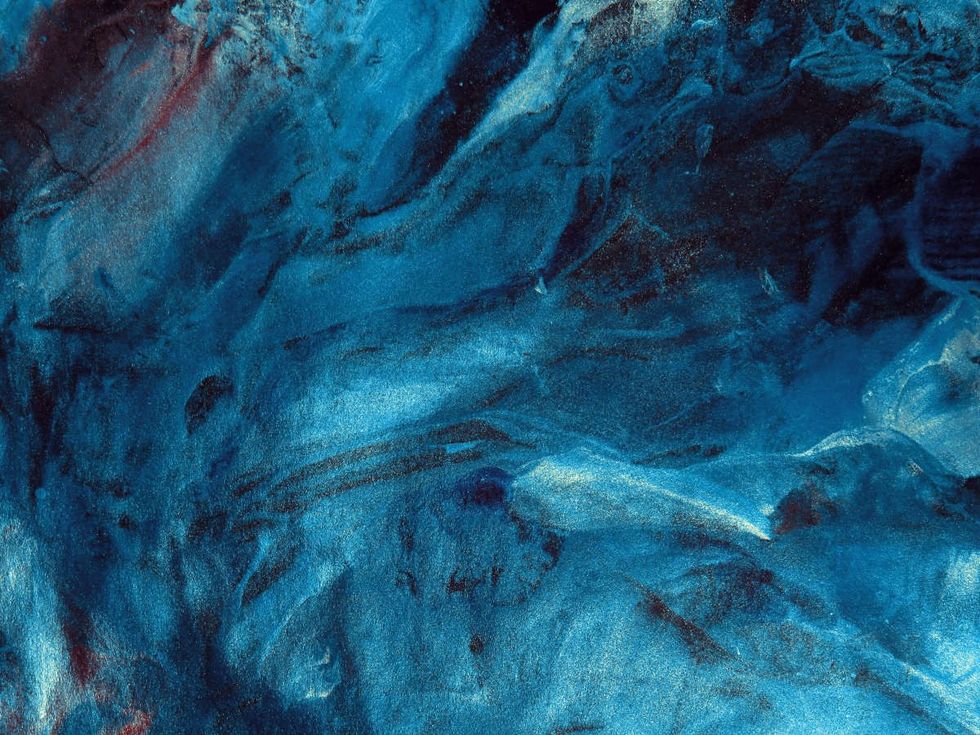 Representative Image Source: Pexels | Anni Roenkae
Representative Image Source: Pexels | Anni Roenkae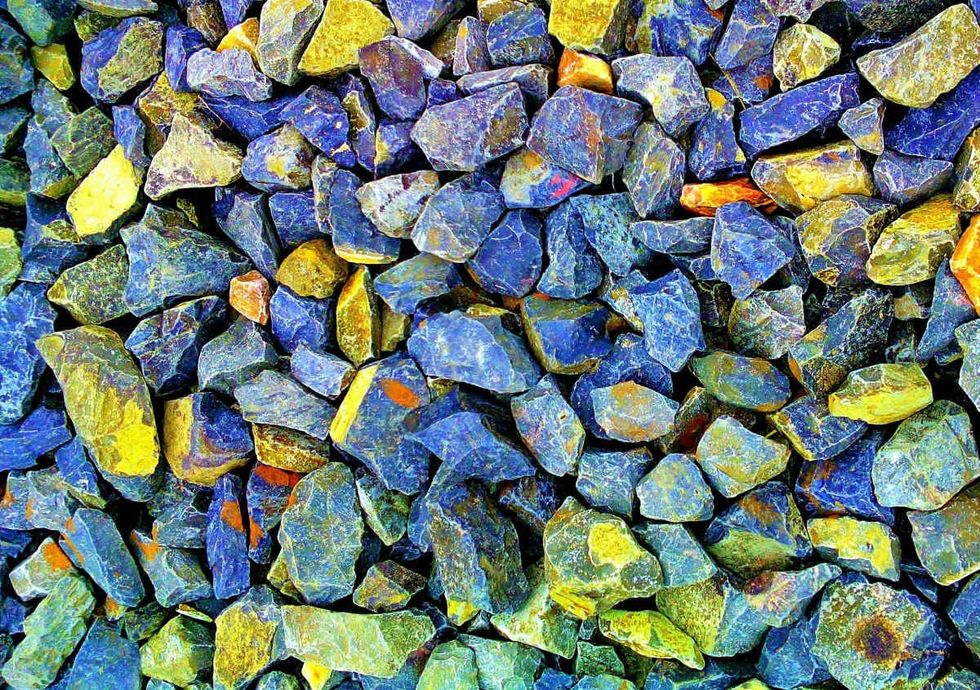 Representative Image Source: Pexels | Its MSVR
Representative Image Source: Pexels | Its MSVR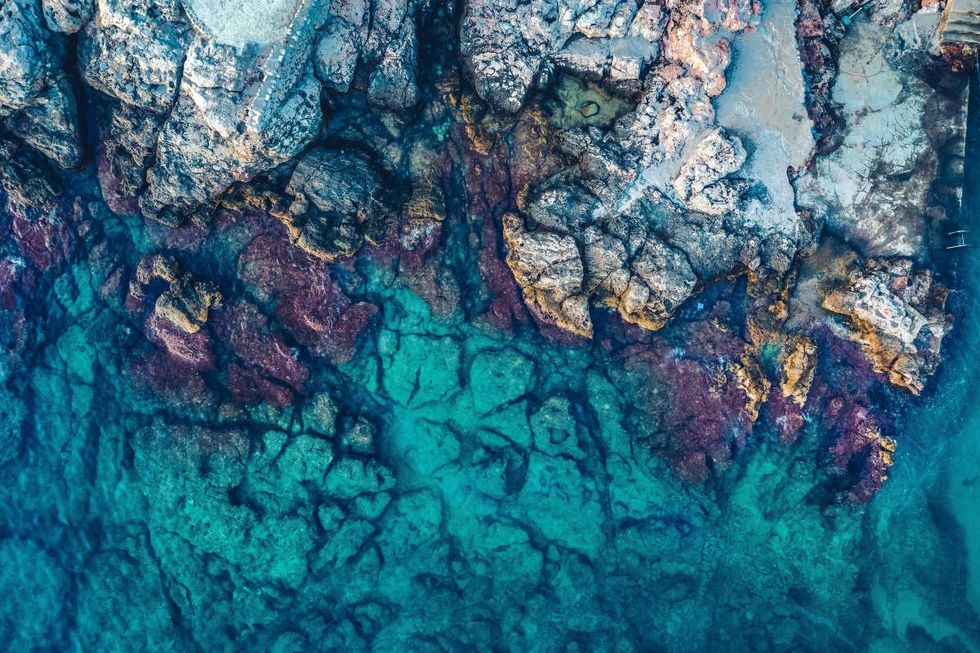 Representative Image Source: Pexels | Lucian Photography
Representative Image Source: Pexels | Lucian Photography

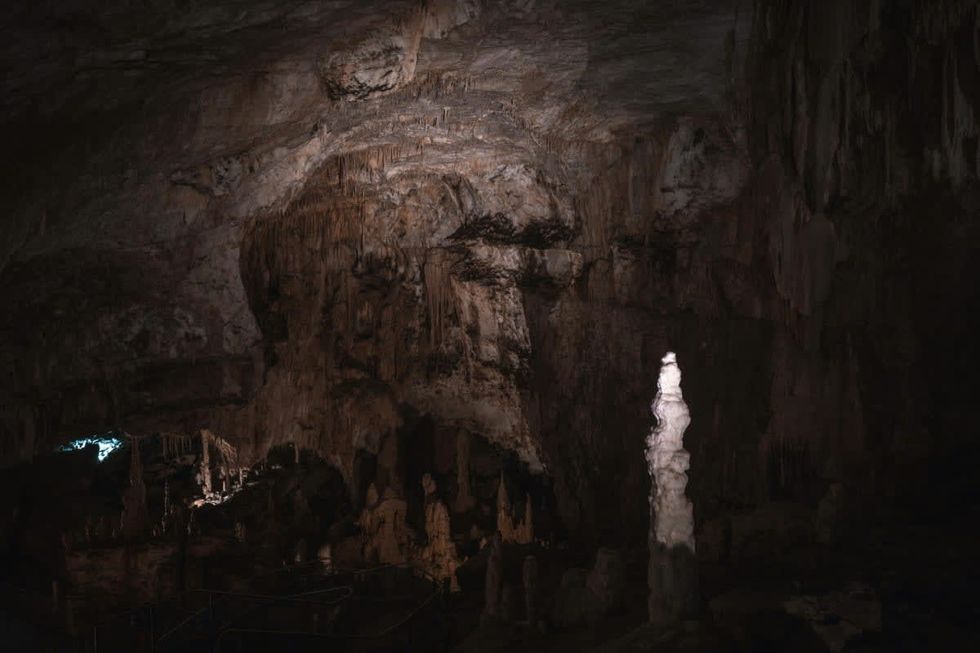 Representative Image Source: Pexels | francesco ungaro
Representative Image Source: Pexels | francesco ungaro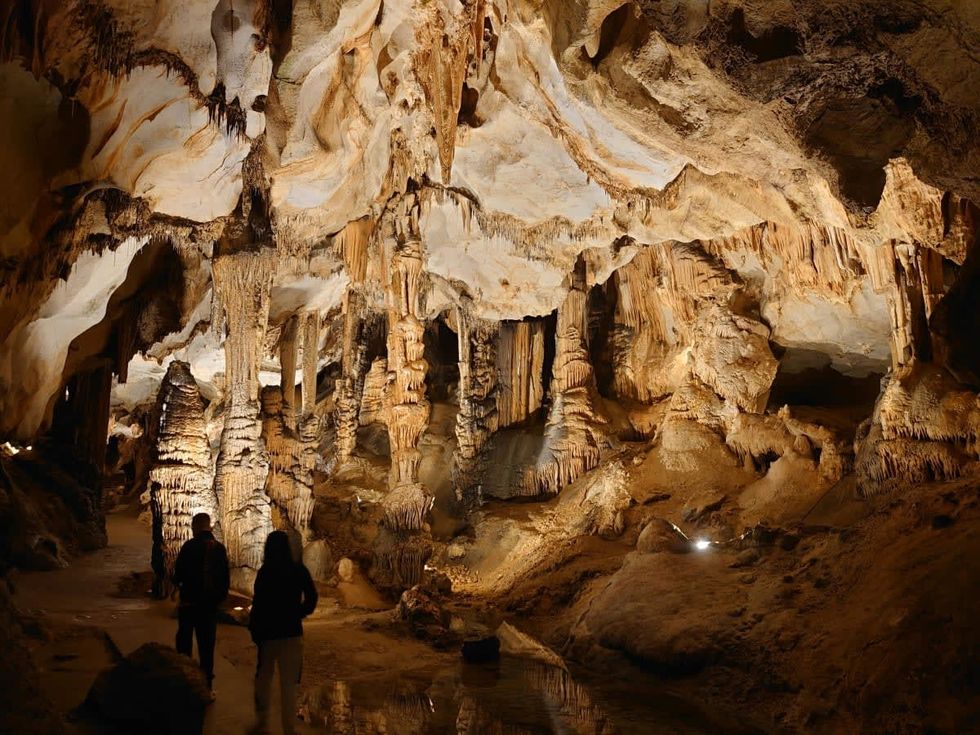 Representative Image Source: Pexels | parfait fongang
Representative Image Source: Pexels | parfait fongang Image Source: YouTube |
Image Source: YouTube |  Image Source: YouTube |
Image Source: YouTube |  Image Source: YouTube |
Image Source: YouTube | 
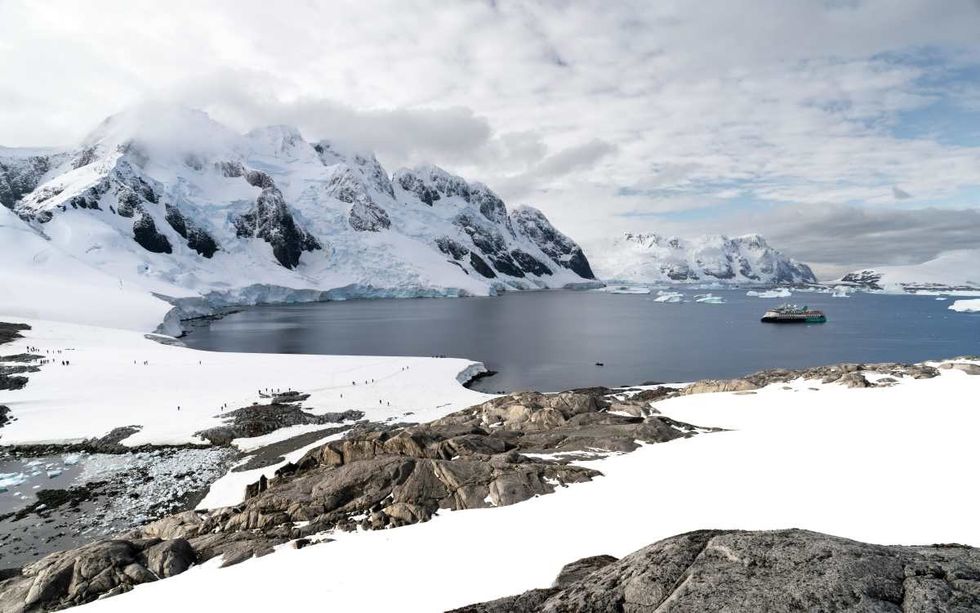 Representative Image Source: Pexels | Hugo Sykes
Representative Image Source: Pexels | Hugo Sykes Representative Image Source: Sectional view of the Earth, showing central fire and underground canals linked to oceans, 1665. From Mundus Subterraneous by Athanasius Kircher. (Photo by Oxford Science Archive/Print Collector/Getty Images)
Representative Image Source: Sectional view of the Earth, showing central fire and underground canals linked to oceans, 1665. From Mundus Subterraneous by Athanasius Kircher. (Photo by Oxford Science Archive/Print Collector/Getty Images) Representative Image Source: Pexels | NASA
Representative Image Source: Pexels | NASA




 Representative Image Source: Pexels | Steve Johnson
Representative Image Source: Pexels | Steve Johnson Representative Image Source: Pexels | RDNE Stock Project
Representative Image Source: Pexels | RDNE Stock Project Representative Image Source: Pexels | Mali Maeder
Representative Image Source: Pexels | Mali Maeder
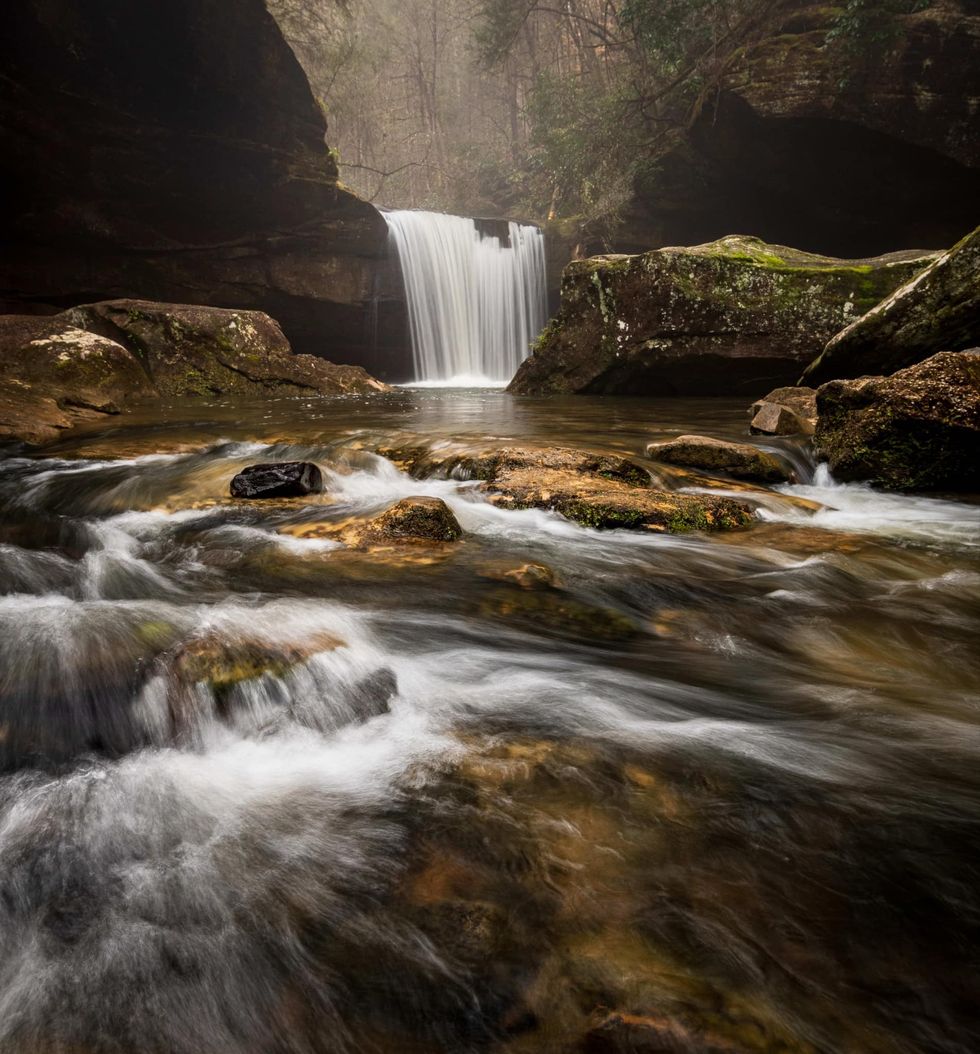 Photo: Craig Mack
Photo: Craig Mack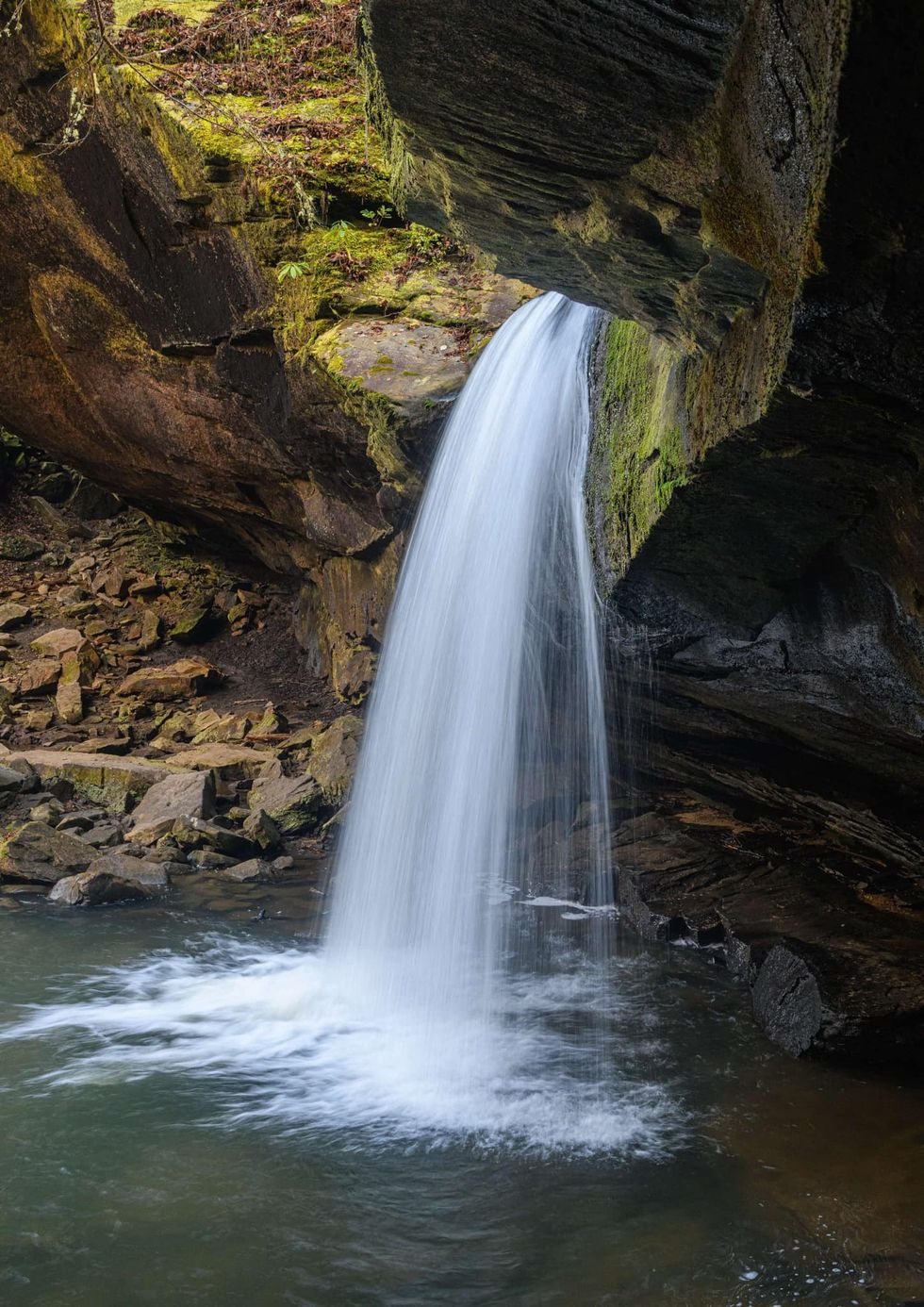 Photo: Craig Mack
Photo: Craig Mack